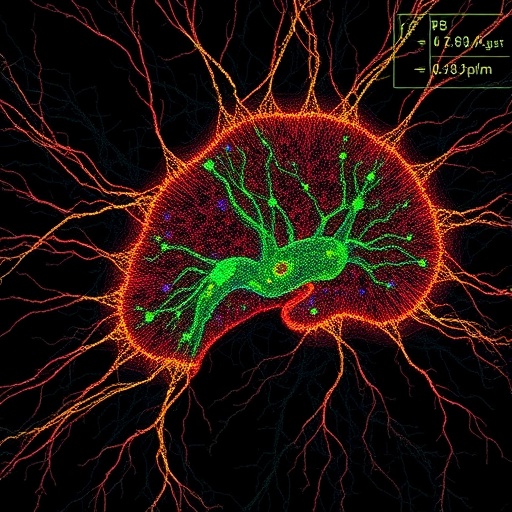At a cost of thousands of dollars per pound, truffles are an expensive food. The fungi are prized for their distinctive aroma, and many foods claim truffles or their aromas as ingredients. But some of these foods may actually contain a much less pricey synthetic truffle compound. To help detect food fraud, researchers report in Analytical Chemistry that they have developed a technique that discriminates between these natural and synthetic compounds.
White truffles (Tuber magnatum Pico) are the most valuable species of the fungus, and researchers have previously identified bis(methylthio)methane as the key compound responsible for white truffle aroma. Synthetic bis(methylthio)methane, produced from petrochemicals, has been approved by the World Health Organization as a food additive, yet some foods made with this cheaper compound may still command a premium price if consumers believe that they contain authentic white truffles. Current methods cannot reliably discriminate between natural and synthetic bis(methylthio)methane. To help fight food fraud, Luigi Mondello and colleagues wanted to develop a new approach.
The researchers exploited the differences in carbon isotope ratios between plant- and petroleum-derived versions of bis(methylthio)methane. After optimizing the technique of multidimensional gas chromatography coupled to combustion-isotope ratio mass spectrometry, they used the method to compare the carbon isotope ratios of bis(methylthio)methane from 24 genuine white truffles harvested at different locations in Italy, two commercial intact truffles and 14 commercial samples of foods flavored with truffles or truffle aroma. The approach could clearly discriminate foods that contained synthetic truffle aroma or a mixture of synthetic and natural aromas, and it could distinguish among products containing white truffle and those containing other species of the fungus. The researchers conclude that the improved technique can help validate foods that claim to contain truffles or natural truffle aroma.
###
The abstract that accompanies this study is available here.
The American Chemical Society, the world's largest scientific society, is a not-for-profit organization chartered by the U.S. Congress. ACS is a global leader in providing access to chemistry-related information and research through its multiple databases, peer-reviewed journals and scientific conferences. ACS does not conduct research, but publishes and publicizes peer-reviewed scientific studies. Its main offices are in Washington, D.C., and Columbus, Ohio.
To automatically receive news releases from the American Chemical Society, contact [email protected].
Follow us on Twitter | Facebook
Media Contact
Katie Cottingham
[email protected]
301-775-8455
@ACSpressroom
http://www.acs.org




